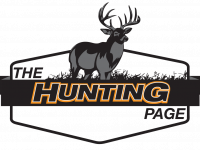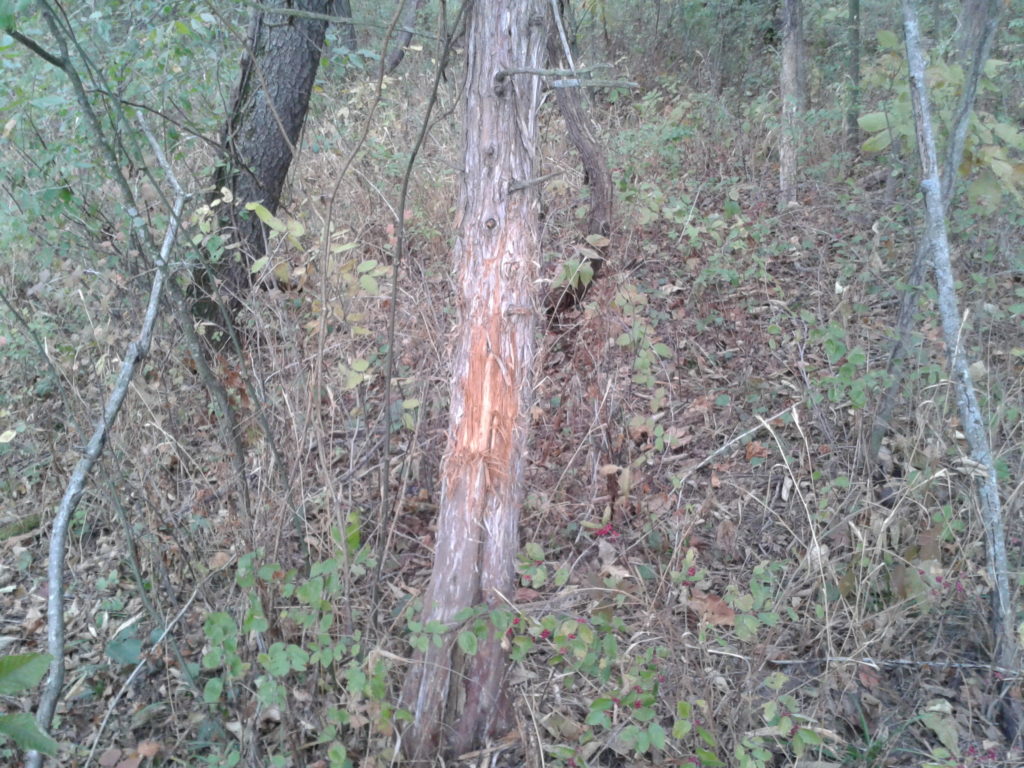A lot about deer hunting has been lost through all the advancements avaible to deer hunters. Some hunters even wonder how deer could be killed any other way. Are today’s hunters missing the skills needed to be better hunters?
Field & Stream has put together 25 old-school skills today’s hunters should master. How many can you do?
We are better deer hunters than ever before. In our February cover story, “Deer Crazy,” Bill Heavey wrote that “Today’s whitetail nut knows how to pinpoint a core area, unravel a rub line, make a mock scrape, set up a decoy, rattle a buck close, age the animal on the hoof, and score him within 10 inches.” All true, but does anyone know how to estimate yardage anymore? How about age a track, walk over brittle leaves without spooking deer, or slip up on a bedded buck? With our modern reliance on rangefinders, trail cameras, food plots, treestands, and the like, are we losing our old-school skills?
1. Judge Yardage (Without a Rangefinder)
One method that’s popular with 3D archery tournament shooters, who must precisely estimate unkown distances, is to break the span down into smaller increments. By practicing to become ultra-proficient at judging 10 yards, for example, they can mentally measure the full distance 10 yards at a time, adding or subtracting up to 5 yards for in-between ranges. It works for gun hunters, too, who can fine-tune their eye to say 50-yard increments in the big woods and 100-yard increments on the prairie.
Maybe you have a rangefinder but want to sharpen you skills for those situations when there isn’t time to take a reading of an incoming buck. Okay. While you’re scouting, make a habit of guessing the distance to random objects, such as trees, rocks, stumps, etc. Then use your rangefinder to test your accuracy—which, you’ll find, will quickly improve. –Dave Hurteau
5. Slip Up On A Bedded Buck
One of the best ways to spot a bedded buck is to get above the deer in the morning when thermals are rising. Bucks love to bed on south-facing slopes, typically about a third of the way down from the top near a blowdown or thicket, usually facing downhill. If you work along a ridge top, side-hilling just down from the crest to keep from being silhouetted, you can glass downhill to spot an unsuspecting buck. Alternatively, if there’s little cover near the ridge top or the walking is too noisy, you can slip along the backside of the crest and intermittently peak over the edge to glass downhill. Pay special attention when you get near the end of the ridge, as bucks love to bed there.You may already be in rifle range when you see the buck. But if you’re carrying a bow, put a large tree trunk between you and the buck and then slip straight up to the tree and repeat until you’re in bow range. Peek around the tree to picture your shot. Using the trunk as a shield, come to full draw. Then go for it: Take a step out and shoot. –Bill Vaznis
14. Sex A Track
Another clue to consider when trying to determine is track your on is that of a buck or do is the trail’s pattern: The rear hooves of all deer tend to overlap the front hooves. But due to differences in pelvic structure, the rear tracks of a buck often land slightly inside the front hoof prints and sometimes fall a little short of them. A doe places her hind hooves on top of the front track and slightly outside of them. The toes of a heavy buck may splay out a little to each side, giving the impression of a widely spaced, staggered stride, whereas a doe’s neat tracks point to where she is heading. A heavy buck is also more likely to leave the impression of his dewclaws, as well as drag marks between prints. –K.M





